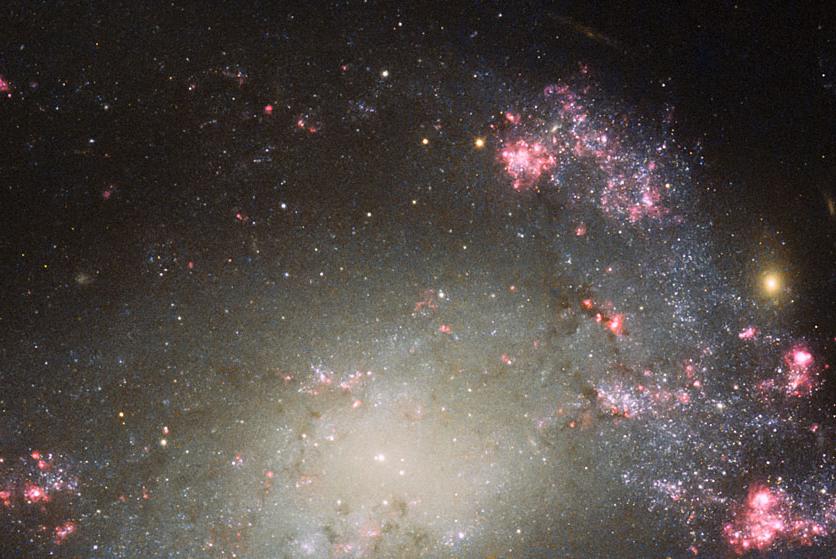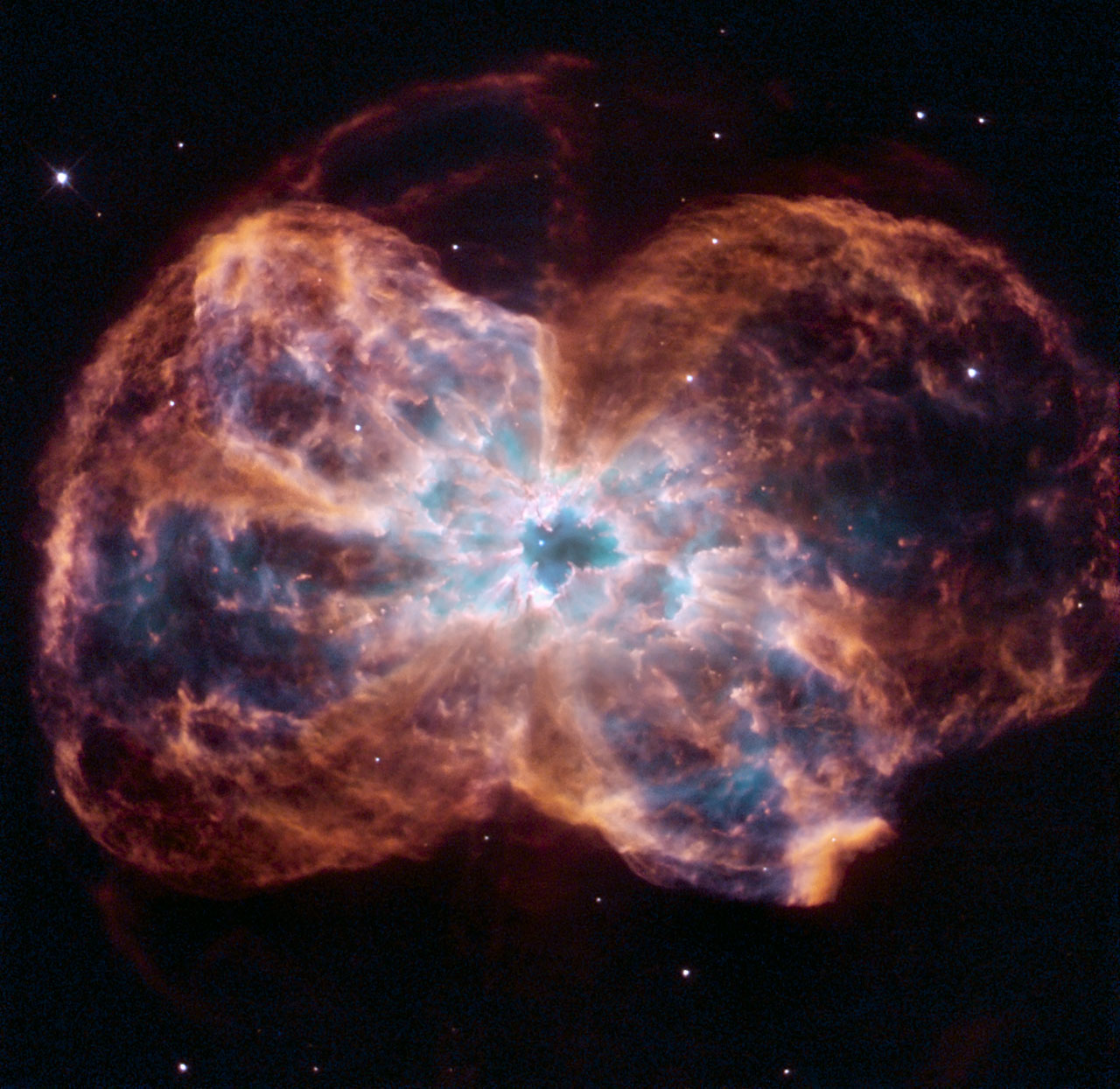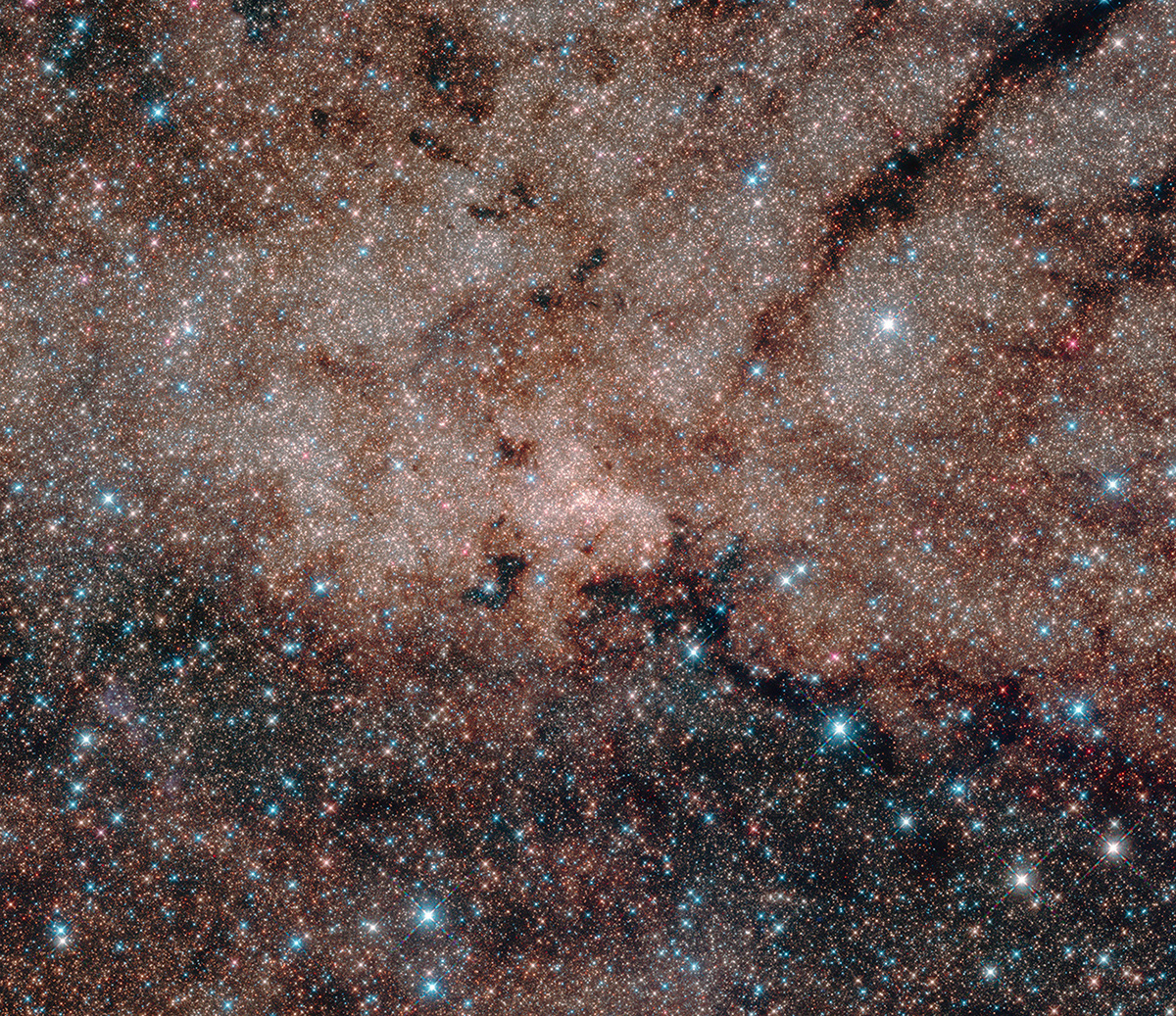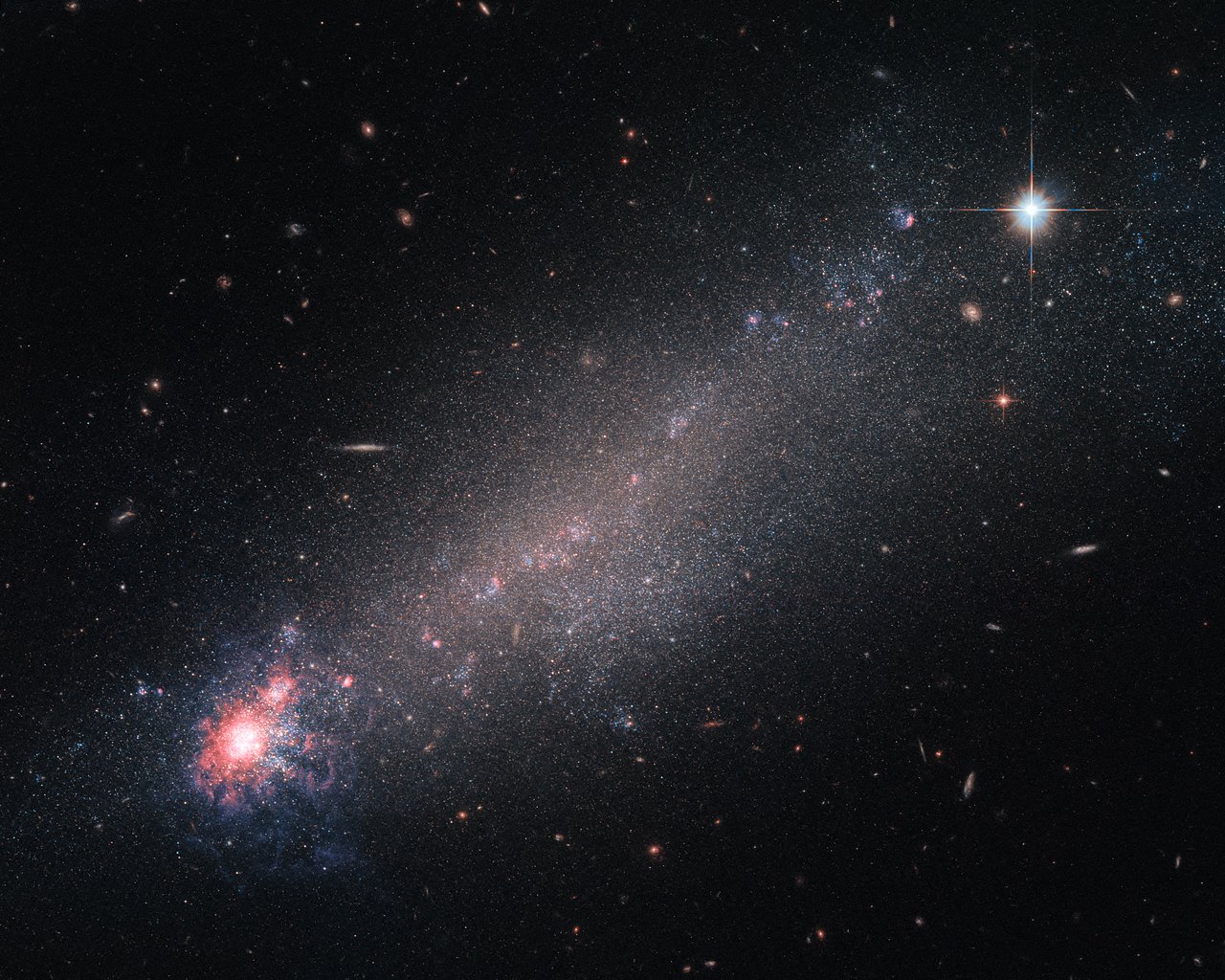
2017-04-12 нет комментариев Наука и космос Просмотры: 1222
Cамые впечатляющие фото с телескопа Hubble
Космический телескоп Hubble представляет собой автоматическую обсерваторию на орбите вокруг планеты Земля. Тот факт, что телескоп размещен в космосе, дает возможность регистрировать электромагнитное излучение в тех диапазонах, в которых это невозможно сделать с планеты — в первую очередь в инфракрасном диапазоне.
За 15 лет работы с помощью «Хаббла» были получены первые карты Плутона и Эриды, дополнительные данные о планетах, не входящих в солнечную систему, частично подтверждена теория о сверхмассивных черных дырах в центрах галактик.
Трудяга «Хаббл» помог астрономам в десятках и сотнях наблюдений и открытий, но, даже не будучи учеными, нам есть что оценить. Например, потрясающие фотографии, сделанные с помощью этого телескопа.













